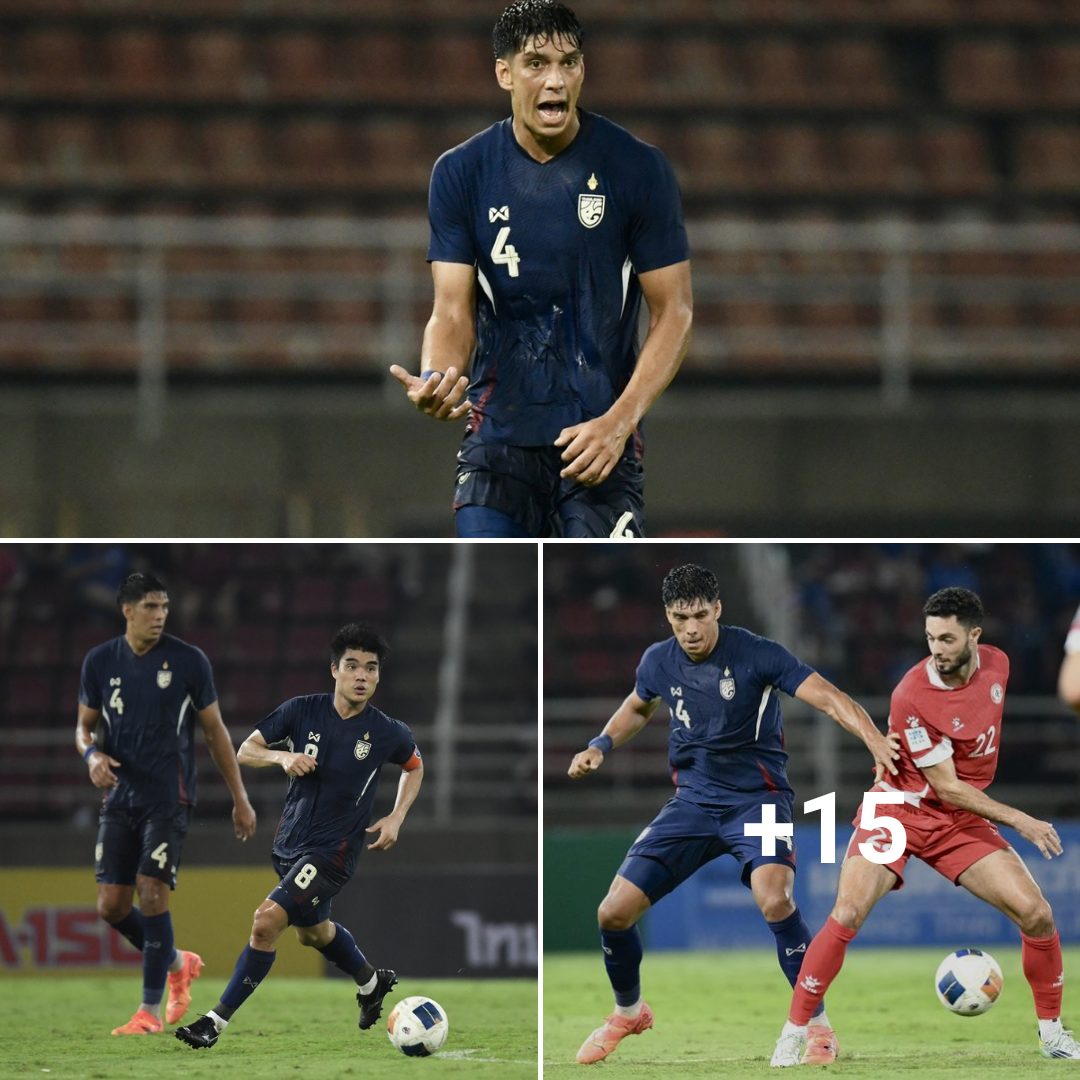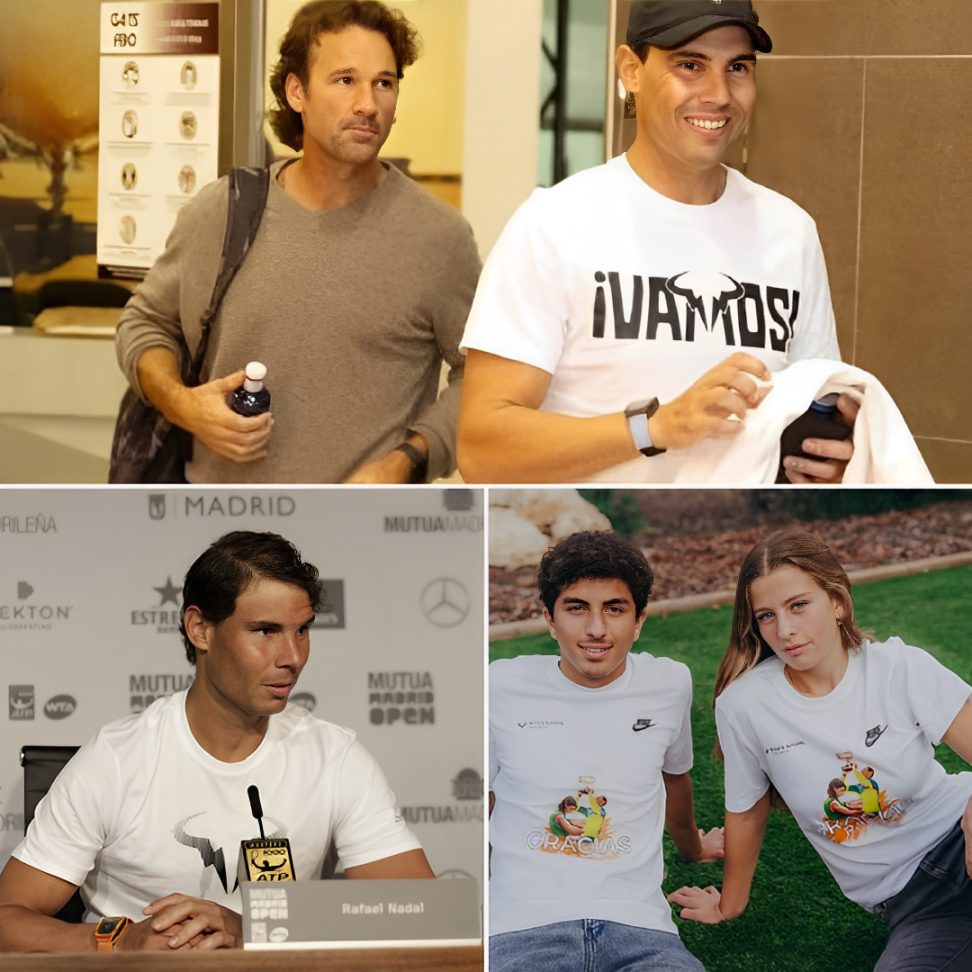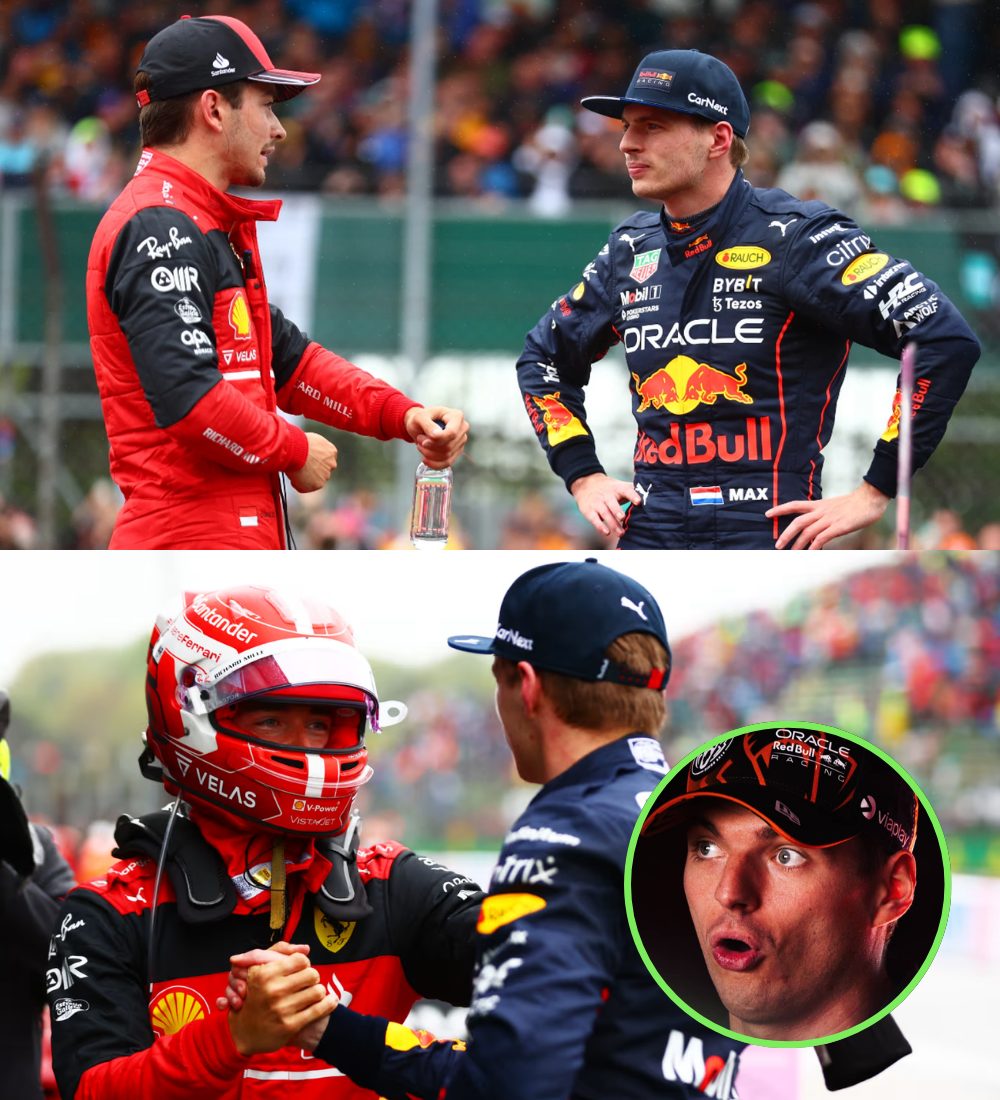The Rugby Championship is done and dusted for another year. It means Wallabies coach Joe Schmidt is nine games into his tenure, and while there have been improvements there have been familiar frustrations.
After the July internationals it was difficult to know where the Wallabies truly were in the wider scheme of things.

They managed ninth ranked Wales comfortably, despite having a shocking defensive maul, and put a mighty score on a Georgian side that sits outside the top ten despite some classy players.
Heading into The Rugby Championship, there was a feeling the Wallabies would more likely challenge for the wooden spoon than any silverware.
While the results did largely match the expectation, the steady improvement throughout TRC did help build some combinations that could be well served moving forward. That said, much is still to be settled in terms of their tactics and ability to execute them.
The Wallabies are better than 10th in the world – that much is certain. They may even be as good as seventh-placed Scotland, but there is an evident lack of polish in elements of their game and the learning curve has been glacial from much of the group.
Overall grade: C+
The Wallabies are still well behind where they need to be for a British and Irish Lions Test series.
This is the only standard Schmidt gave himself when he signed on for an 18-month contract.

The famous series is in just nine months’ time and Schmidt’s runway of Tests is getting shorter with few intangibles to show for his efforts.
Clinching the win over the All Blacks in Sydney and a closer margin in Santa Fe would’ve changed the dial considerably.
The clock is ticking.
Attack: C
The Wallabies’ attack overall has been one-dimensional and predictable, scoring only 11 tries the entire tournament – just above half of what third-placed Argentina managed.
There have been flashes of individual brilliance coupled with the odd implementation of variation and shape, but these moments have come far too rarely to cause opposition any real concern.
The Wallabies’ ability to retain possession is encouraging and it is an area of the game which has come-on leaps and bounds under Schmidt, winning an equal competition high of 96 per cent of their own rucks.
However, the Wallabies rarely had enough to show for all this possession.

Part of the issue appears to be the lack of big ball carriers throughout the side as well as Schmidt’s narrow attack shape.
It requires an immense level of fitness to run for a full 80 minutes, especially with a side that lacks punch.
Schmidt began to account for the toll this workload was having on the players in the last two TRC fixtures against the All Blacks by having bulkier forwards on his bench.
It meant the Wallabies could continue to get over the gainline throughout the game and so the workhorses who were cleaning all the rucks could consistently clean forwards.
Once the forwards had bashed it up enough the Wallaby backline tried their hand at some Schmidt-like attack plays.
When they came off the Wallabies made linebreaks and yardage, when it faltered it often resulted in them conceding a try: stakes which are much too high.
Defence: C
The Wallabies’ defence was porous, inconsistent and, at times, chaotic.

Being beaten on the outside in a connected line speed defence should not occur in the way the Wallabies were conceding meterage.
The Wallabies haemorrhaged 213 points – the most of any side and 109 points more than the competition winning Springboks.
Defence coach Laurie Fisher should be the most highly scrutinised coach in the Wallabies set up after a truly poor showing in his department.
However, much of the blame must sit with the players because even those who have been part of Fisher’s system at the Brumbies for a number of years made blatant and costly mistakes.
The system has worked at Super Rugby level for years – the Brumbies have regularly been the Australian side who have conceded the least points – but the Wallabies’ inability to learn and implement the system is hurting this side.
The biggest critique of the system is that the inside players retire too quickly and don’t get high enough and hunt the inside shoulder of the attacker.
Set-piece: B+
Surprisingly, and yet unsurprisingly, the Wallabies set-piece was their only true, consistent, and dependable weapon.

The scrum for the first 40-minutes alleviated much of the pressure on the other parts of their game and gave them opportunities to milk penalties out of teams.
It was also the single greatest contributor to slowing the games down to the pace to where the Wallabies could maintain their new gameplan.
The success at lineout time was also expected because many of the players in the gameday 23 were often formed from Super Rugby’s most successful lineouts.
It’s an area of the game Australian sides have flourished at in SRP level and it’s now showing on the international stage.
The increased number of jumpers throughout the pack as well as the athleticism of those jumpers, meant the Wallabies could often disrupt opposition ball.
These factors combined saw the Wallabies get good pay out of their lineout as well as lineout steals in the competition, giving them another way to alleviate pressure and in-turn regain possession.
Discipline: B
The Wallabies discipline has been much improved, and it has made the transition to Schmidt-ball easier.
Their ability to cut down on their penalties has meant they have been able to resist facing periods with less than 15 men on the park.
It is telling that despite being put under pressure and conceding points, players are not wilfully infringing to attract the sanction of a yellow card.
It’s a theme that must continue during their end of year Tests.

THE PLAYERS
Front row: Taniela Tupou, Angus Bell and Matt Faessler.
Each one of these players made an impact and shifted the dial for the Wallabies.
Bell was a vital ball-carrier and Tupou weaponised the scrum, while Faessler kept the work rate up and generally hit his target at lineout time.
The thing with Tupou is even though he might not be performing as many would like, his ability to scrum surpasses all other tight-head props in Australia and his potential is yet to be realised.
Second row: Lukhan Salakaia-Loto was the only player who consistently looked like a Test lock.
His physicality was a point of difference, and he played his role well as a tighthead lock.

Honourable mentions go to Nick Frost and Jeremy Williams who both had their moments. Frost improved his physicality and Williams had some great defensive numbers.
Backrow: the entire back-row of Rob Valetini, Fraser McReight and Harry Wilson stood out. Each of them brought impact and a unique s𝓀𝒾𝓁𝓁 set to the team and added some steel to the Wallabies.
Halves: no one truly stood out in the way players in the other positions did but Noah Lolesio and Tate McDermott were the pick of the bunch.
Lolesio was intrusted with the bulk of the minutes and faced most of the challenges and grew into performances.
McDermott brought spark and energy off the bench whilst the older halfbacks, who Schmidt preferred as starters, struggled to stamp their claim on the starting jersey.
Centres: Len Ikitau is nearing world class and although he has not been consistent, he always adds a point of difference every time he touches or is around the ball.
The Wallabies would benefit greatly from using him more for their exit plays.
Wing: Dylan Pietsch in his limited minutes added physicality and energy into the roll.

Fullback: Tom Wright is finally tipping his scales into more diamonds than rocks but the incompleteness of his game is still showing too much to be ignored.
Andrew Kellaway’s one performance in the role against Los Pumas showed good variation and the ability to play as a second ball player, something many have said is crucial in the role.
While this is a review of what has been, the outlook for what is to come, is much brighter.
The Spring Tour brings with it lots of training time, team bonding as well as chance just to focus on the amazing experience of touring rugby.
The six-week break between TRC and Spring Tour will give Schmidt and his team ample time to tweak their messaging to a team that is slowly but surely understanding their plans.
Overall, the outlook for the tour paints a rosier picture of what’s to come than what has been.





